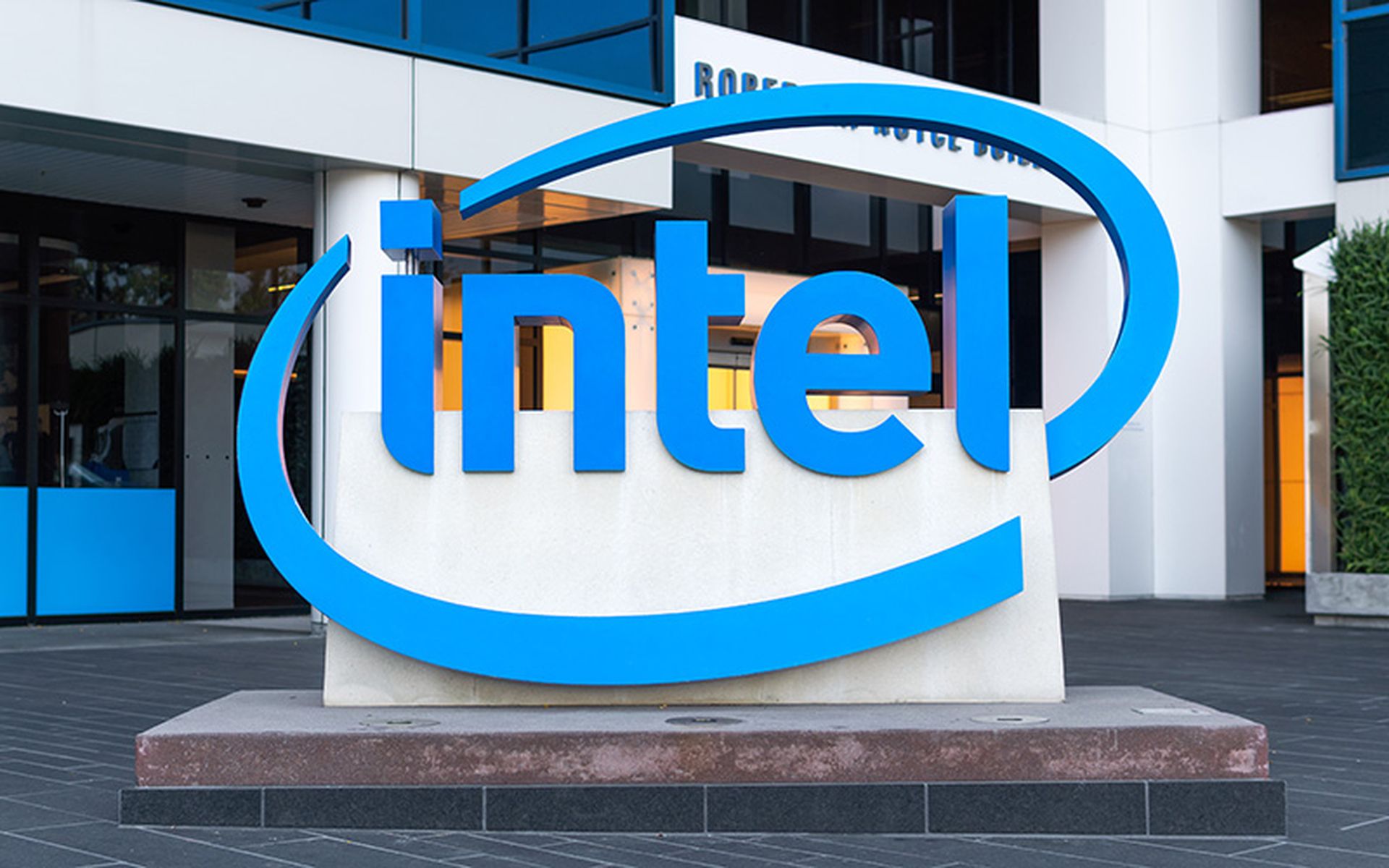When you are working on a service desk, it can sometimes feel like you are a robot. Responding to the same requests over and over again. Sure, there is the occasional head scratcher throughout the day, but a lot of the day is spent dealing with similar issues over and over again. Even when the issue varies from the standard ticket, the first few troubleshooting steps are very often the same.
In light of these realities, in the past, we have seen voicemail tree systems take the place of a live person to help route calls to the appropriate person. Now technology is moving forward yet again, and employing artificial intelligence in the form of chatbots to be the first line of defense for customers. There are several ways that chatbots are currently being employed by businesses. Specifically for a service desk, a chatbot can really save technicians time and help them become more productive.
Utilizing a chatbot to triage incoming calls might soon be a commonplace strategy for most service desks. Already we are seeing it used by many big name companies, and witnessing other companies put strategies in place to use chatbots as well. According to a Gartner report, by 2019, 40% of enterprises will be actively using chatbots to facilitate business processes using natural-language interactions. Facebook has allowed businesses to implement chatbots into Facebook Messenger, and many others are using other platforms to interact with their customers is a much more natural way.
Among the recent related moves: Freshworks, a cloud-based business software provider announced the acquisition of Joe Hukum, a platform that enables businesses to build their own chatbots based on logical workflows. It only stands to reason that Freshworks is working on a system to implement chatbots into their platform to help businesses interact with their customers, and help their customers interact with them.
A chatbot can not only help users arrive at the correct technician the first time, much like the voicemail tree was implemented for, but it can also assist them in doing some of the basic first steps in solving the problem, such as rebooting the device, attempting to use a different browser and running virus scans. The main difference between a chatbot and a voicemail tree is that a chatbot is much more interactive and is based on the user's input. Most of the time a user in a voicemail tree won't pay attention to all of the various options, and it's frustrating. With a chatbot, the responses can be tailored to the user and would offer a much better user experience.
While I don't believe a chatbot will be able to replace a high-level technician, at least not yet anyway, they could definitely help get customers to where they need to go and even solve a few issues before they even reach the tech in the first place.




